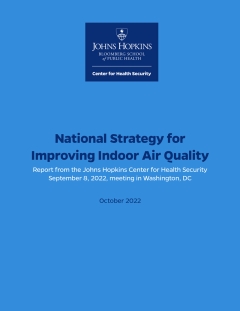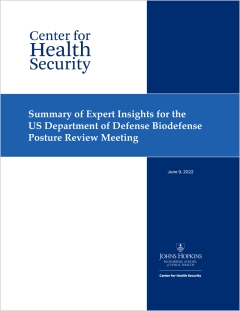On February 8 and 9, 2022, the Johns Hopkins Center for Health Security co-hosted a virtual dialogue session with the Regional Centre for Biotechnology of the Department of Biotechnology in the Indian Ministry of Science and Technology. The meeting focused on successes, challenges, opportunities, and lessons learned in the COVID-19 responses in India and the United States, and how COVID-19 responses can continue while also preparing for future health security crises.
The dialogue focused on COVID-19 developments that occurred since the last meeting in January 2021. Discussions centered around national response efforts, mass vaccination, surveillance approaches, causes and biosecurity implications of COVID-19 misinformation and disinformation, synthetic biological risks, global biosecurity governance, and the need for future collaboration among countries and within the scientific community.
The meeting convened senior thought leaders, scientists, public health practitioners, and medical experts from the United States and India. In accordance with the dialogue format, participants offered insights based on personal expertise and did not represent the government of either country in an official capacity.





